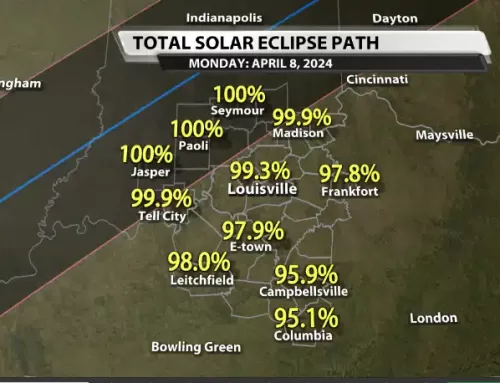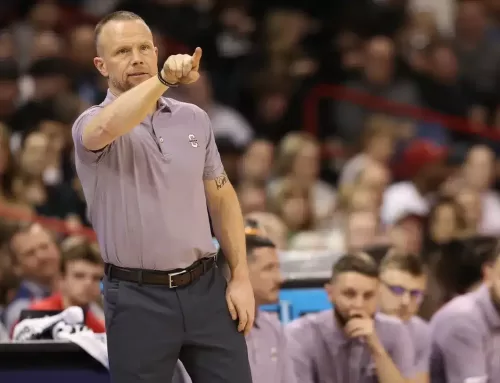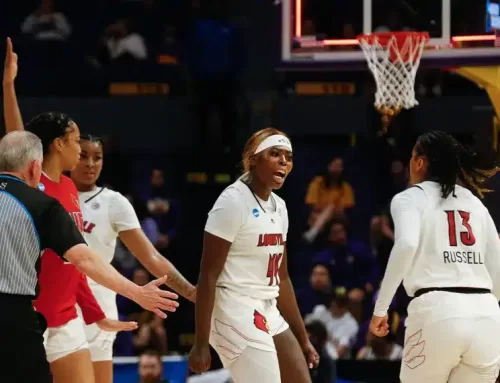By Ryan Considine–
“It’s not enough to create a level playing field for all Americans. Our country has come a long way since 1776, but for a nation founded on the ideals of equality and freedom, there is still too much economic disparity,” stated Linea Webb, a junior majoring in social work, when asked about affirmative action.
On Tuesday, Feb. 21 the Supreme Court agreed to review the case of Fisher v. University of Texas. Abigail Fisher, a Caucasian female student seeking admission into the University of Texas, sued the university because she was not admitted. Although her grades did not place her in the top 10 percent of students graduating from Texas high schools, according to the LA Times, she claimed her test grades “exceeded those of many of the admitted minority candidates.” The case is scheduled for late fall of this year.
“I think that the Supreme Court, in the latest decisions it has rendered on affirmative action over the last 10, 15, 20 years, has increasingly begun to narrow how it looks at affirmative action and narrow its support of affirmative action,” said Dewey Clayton, a professor of political science at U of L.
“[The Supreme Court] has not ended affirmative action as such, but they have increasingly placed restrictions on it.”
The possibility that affirmative action could be disallowed could mean that universities would not be allowed to consider race in admissions, effectively ending the practice.
The University of Louisville, according to Jenny Sawyer, executive director of admissions, does not implement an affirmative action program, saying, “We work through our recruiting to really make sure that we have a diverse applicant pool but to be very honest, there really is no [racial] preference in admissions.”
Out of all of the enrolled students at the University of Louisville, 75 percent are Caucasian, 10 percent are black, 3 percent are Hispanic and 3 percent are Asian.
The case of Regents of the University of California v. Bakke in 1978 validated affirmative action with restrictions. The case served to provide opportunities for minority students while not taking away the rights of the majority.
“In our society, race and class still intersect,” President Obama stated in an ABC interview. “I think we should take into account white kids who have been disadvantaged and have grown up in poverty and shown themselves to have what it takes to succeed.”
An alternative to affirmative action at some universities has been to shift focus towards enrolling more economically disadvantaged students, which would dismiss any favoritism towards any specific race or ethnicity. Since Texas has adopted its top 10 policy, it has benefitted Caucasian students from lower economic statuses and increased attendance of black and Latino students.
“I am for affirmative action because I saw the benefits first-hand in Texas. We had more Latinos get into Ivy League schools because they were offered more opportunities. They were encouraged to reach their maximum potential. But in Kentucky, there are not as many opportunities available, so Latinos are less motivated to achieve,” stated Oscar Martinez, junior electrical engineering major.
Although the case will not be heard until October, it could force the presidential candidates to take a more assertive stance on affirmative action.




